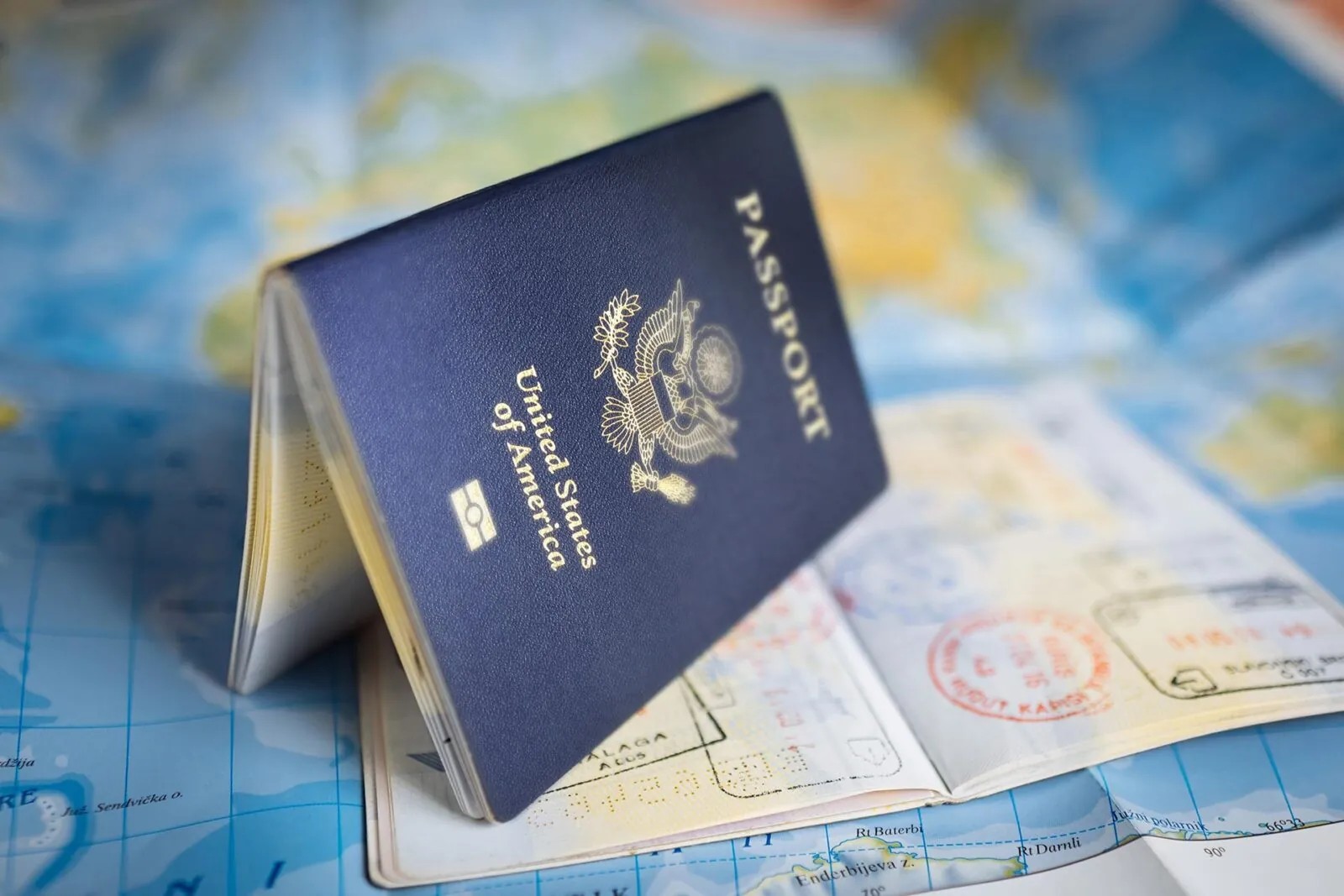The H1B1 visa is a unique opportunity for citizens of Chile and Singapore to work temporarily in the United States in specialty occupations. Created under the U.S.-Chile and U.S.-Singapore Free Trade Agreements, this visa is similar to the H-1B visa but tailored specifically for these two countries. Below, we’ll guide you through the process of applying for the H1B1 visa and what you need to know to qualify.
What Is the H1B1 Visa?
The H1B1 visa allows qualified professionals from Chile and Singapore to temporarily work in the United States in specialty occupations. This visa differs from the standard H-1B visa primarily in its intent requirements. While the H-1B visa allows for “dual intent” (working temporarily while pursuing permanent residency), H1B1 applicants must demonstrate non-immigrant intent and cannot apply for permanent residence while in H1B1 status. Consulting an experienced H-1B1 visa lawyer can help navigate these specific requirements effectively.
Each year, 1,400 H1B1 visas are allocated for Chileans, and 5,400 visas are available for Singaporeans. Unlike the H-1B visa, there is no lottery system, as the annual cap for H1B1 visas is rarely reached.
Eligibility Requirements
To qualify for an H1B1 visa, applicants must meet the following criteria:
- Specialty Occupation:
The job must require theoretical and practical application of specialized knowledge in fields such as engineering, mathematics, computer sciences, medicine, education, biotechnology, or business specialties like management and human resources. - Educational Qualifications:
Applicants must hold a post-secondary degree of at least four years in their field of specialization. - Non-Immigrant Intent:
Applicants must prove they intend to return to their home country after the employment period and do not plan to immigrate to the United States. - Employment Terms:
- The position must be temporary and cannot involve self-employment or independent contracting.
- Employment is granted in one-year increments, and extensions are limited to two additional one-year periods. Further extensions require filing a new Labor Condition Application (LCA).
Required Documents for the H1B1 Visa Application
To apply for an H1B1 visa, you’ll need the following documents:
- Certified Labor Condition Application (LCA):
The U.S. employer must file this with the Department of Labor and receive certification before the applicant applies for the visa. The LCA ensures compliance with wage and working condition standards. - Employment Offer Letter:
A detailed letter from the U.S. employer outlining the job title, responsibilities, location, salary, and duration of the employment. - Educational Credentials:
Proof of your post-secondary degree and any relevant certifications. - Non-Immigrant Visa Application (Form DS-160):
Complete this form online and pay the application fee. - Supporting Documents:
These may include proof of ties to your home country (e.g., property ownership, family relationships) to demonstrate non-immigrant intent.
Application Process
The application process for the H1B1 visa is straightforward and does not require prior approval of a petition by USCIS. Here’s how to apply:
- Step 1: Obtain a Certified LCA
The U.S. employer must file and obtain certification for a Labor Condition Application from the Department of Labor. - Step 2: Prepare Your Documentation
Gather all required documents, including the employment offer letter, educational qualifications, and the certified LCA. - Step 3: Complete Form DS-160
Fill out the online non-immigrant visa application (Form DS-160) and pay the application fee. - Step 4: Schedule an Interview
Book an appointment at the U.S. consulate in your home country. Chilean and Singaporean applicants can apply directly at their respective U.S. embassies or consulates. - Step 5: Attend the Visa Interview
During the interview, provide all required documentation and answer questions about your qualifications, job offer, and intent to return to your home country.
Extending the H1B1 Visa
H1B1 visas are initially granted for one year. Extensions may be obtained twice in one-year increments. To extend beyond this period, the U.S. employer must file a new certified LCA with the Department of Labor and reapply for the visa.
Key Differences Between H1B1 and H-1B Visas
- Intent: H1B1 requires proof of non-immigrant intent, while H-1B allows for dual intent.
- Validity Period: H1B1 visas are issued for one year and must be renewed annually, whereas H-1B visas are valid for three years with the possibility of an extension.
- Application Process: H1B1 applicants apply directly at the U.S. consulate without needing USCIS petition approval.
Benefits of the H1B1 Visa
The H1B1 visa offers a streamlined process for eligible Chilean and Singaporean professionals to work in the U.S. Employers may find this visa particularly useful as it avoids the H-1B lottery system and allows them to hire qualified candidates quickly. Additionally, the ability to apply directly at the U.S. consulate simplifies the process for applicants.
Final Thoughts
The H1B1 visa provides a fantastic opportunity for professionals from Chile and Singapore to work temporarily in the United States. By understanding the eligibility requirements, preparing the necessary documentation, and following the application process, you can successfully obtain an H1B1 visa. With the annual cap rarely reached, this visa category remains an excellent option for those looking to bring their specialized skills to the U.S. workforce.




